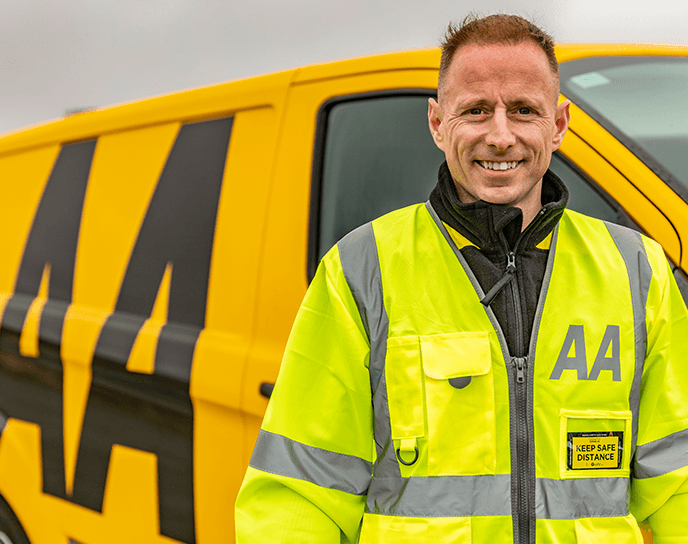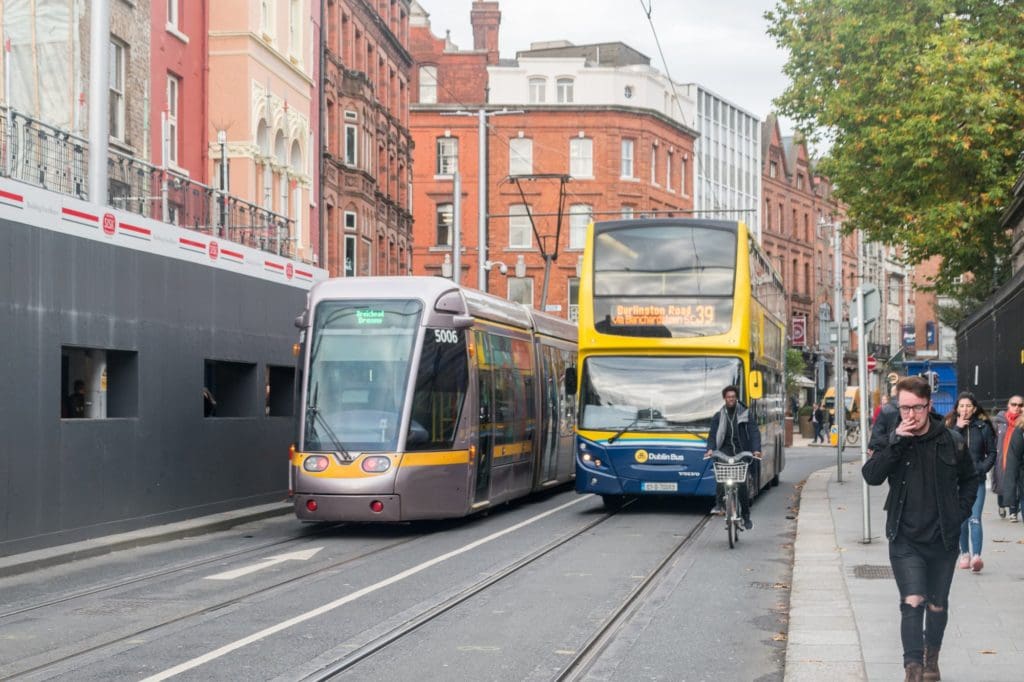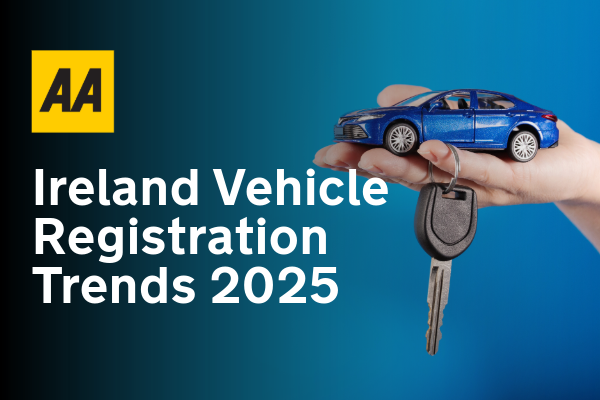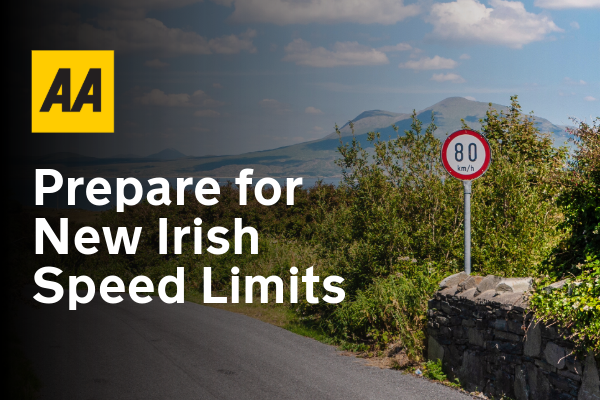A new survey by the Automobile Association in Ireland shows that 87% of motorists think there is a ‘huge difference’ between public transport options in rural and urban areas.
The poll of over 4,200 motorists also reveals that 80% of respondents think people would rely less on their vehicles if public transport was improved in Ireland.
Of those surveyed, 42% say they live in a rural area, while 58% say they live in an urban area.
When asked in the poll if they have access to public transport in their area, 47% said ‘yes in an urban area’ while 8% said ‘yes in a rural area’. 16% said they do not have access.
Of those surveyed, 9% said they only have access to public transport in a rural area if they drive there in a car first and 6% of these said it is not reliable.
26% said more funding is needed for public transport, 40% said infrastructure needs to be improved, 30% said cheaper fares need to be introduced, while 36% said more services need to be added.
"It's very clear that there is a huge difference between public transport options in rural and urban areas. High fuel prices are causing stress for people who rely solely on their cars. An improvement to public transport infrastructure, extra services, cheaper fares, that's what people want to see. If the alternatives are there, people will move away from their cars,” says Paddy Comyn, Head of Communications at the AA.
According to the latest CSO figures, traffic volumes in Dublin are down 12%, while rural traffic volumes are down 8% on pre-pandemic levels. Public transport journeys also remain below pre-pandemic levels.
The number of bus journeys in Dublin for the week beginning 25th July was 78% of the level in the week beginning 2nd March 2020. This is compared with 87% for bus journeys outside Dublin and 82% for rail journeys.
“With COVID-19 still an issue, there appears to still be many people hesitant to use public transport for this reason, and with many people now working in a hybrid way, traffic volumes are now lower than before the start of the pandemic,” states Comyn.










